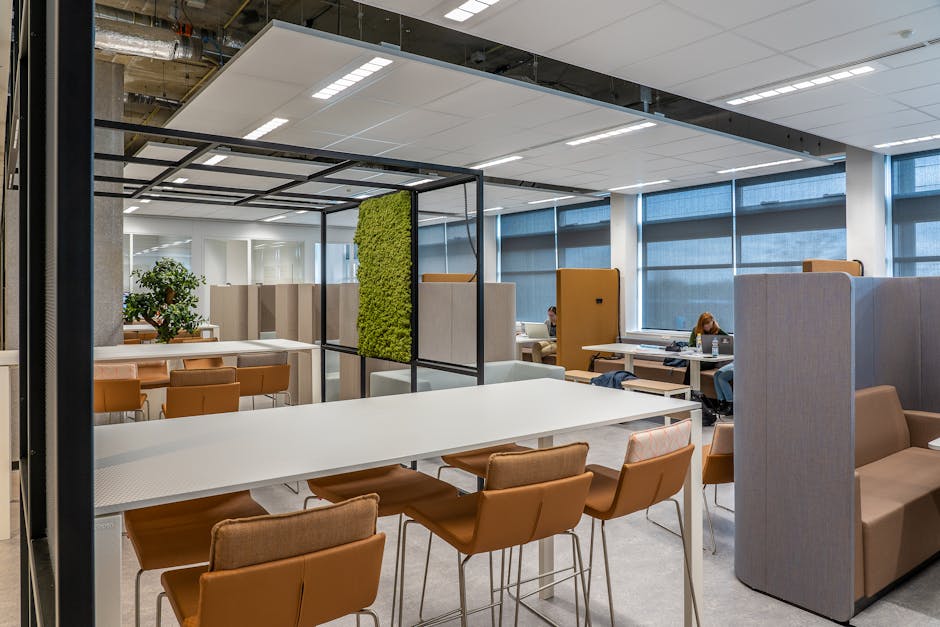Benchmarking Your Office Space Utilization: A Comprehensive Guide
“This comprehensive guide explores the importance of benchmarking office space utilization and provides practical insights on key metrics, data analysis techniques, and best practices to optimize productivity and efficiency in the workplace. ”

In today's dynamic business landscape, optimizing office space utilization has become a critical factor in driving productivity, reducing costs, and enhancing employee satisfaction. Benchmarking your office space utilization is a powerful tool that allows you to assess the effectiveness of your current workspace and identify areas for improvement.

Why Benchmarking Office Space Utilization Matters
Benchmarking your office space utilization provides valuable insights into how your workspace is being used and helps you make data-driven decisions to optimize efficiency. By comparing your space utilization metrics against industry standards and best practices, you can:
- Identify underutilized areas and optimize space allocation
- Reduce real estate costs by eliminating unnecessary space
- Improve employee productivity and collaboration
- Enhance the overall workplace experience
Key Space Utilization Metrics to Track
To effectively benchmark your office space utilization, it's essential to track the right metrics. Some of the key metrics to consider include:
-
Space Utilization Rate: This metric measures the percentage of available workspace that is being used at any given time. A higher utilization rate indicates better space efficiency.
-
Occupancy Rate: The occupancy rate represents the percentage of desks or workstations that are occupied during a specific period. Monitoring this metric helps you identify peak usage times and adjust your space allocation accordingly.
-
Meeting Room Utilization: Tracking the usage of meeting room etiquette provides insights into the demand for collaborative spaces and helps you optimize their availability and configuration.

Conducting an Office Space Utilization Analysis
To benchmark your office space utilization effectively, follow these steps:
-
Collect Data: Gather data on space usage, occupancy rates, and meeting room utilization using sensors, badge swipes, or manual surveys.
-
Analyze Data: Use data analysis tools and techniques to identify patterns, trends, and outliers in your space utilization data. Look for areas of underutilization or overcrowding.
-
Compare with Benchmarks: Compare your space utilization metrics against industry benchmarks and best practices to assess your performance and identify areas for improvement.
-
Implement Changes: Based on your analysis, implement changes to optimize your office space utilization. This may involve reconfiguring layouts, introducing flexible workspace options, or adopting office hoteling software.
Leveraging Benchmarking for Increased Productivity
Benchmarking your office space utilization not only helps you optimize your workspace but also contributes to increased productivity. By ensuring that employees have access to the right spaces at the right time, you can:
- Foster collaboration and teamwork
- Reduce distractions and noise levels
- Improve employee well-being and job satisfaction
- Enhance overall workplace efficiency

Conclusion
Benchmarking your office space utilization is a powerful tool for optimizing your workspace, reducing costs, and driving productivity. By tracking key metrics, conducting thorough data analysis, and implementing data-driven changes, you can create a more efficient and effective workplace that meets the needs of your employees and supports your business goals.
Remember, benchmarking is an ongoing process. Regularly assess your space utilization metrics and adapt your strategies to ensure continuous improvement. By staying proactive and embracing data-driven decision-making, you can unlock the full potential of your office space and create a thriving, productive work environment.
